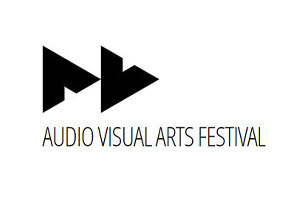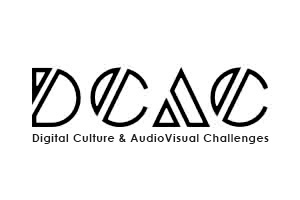Speaker(s): Scott Townsend, Associate Professor, Department of Graphic Design, NC State University, Raleigh NC, USA
Date & Time: 18/05/2016 15:00-18:00
Location: AVARTS Secretariat Building, Room 4, Former Asylum
Language: English
Today “mapping” is a way of thinking about virtually any subject as a way to see and understand complexity, at virtually any scale, from genetic to social and environmental systems. Mapping is now about sensing and then collecting large data sets with the intention of changing the “systems” observed, which we used to think of as people and their behavior, communities, nature, etc.
Mapping is therefore a “transgressive act.” Mapping competes with other ways of how we understand things, and modifies how we live, through things like smart cities, marketing and consumption, surveillance and warfare, resource exploitation, genetic information, etc. These changes place us in a transition where we do not understand how this “new environment” works and how we fit into it.
Process lecture/workshop
We no longer believe that maps are value free: we see them as tools to be applied to something. How can we as viewers (and users) become more critical about the use of maps and mapping as a practice, and as visual makers how can we see maps as being a creative and critical area of making, especially in interaction design and visualization?
The workshop and lecture will introduce three interrelated ways of thinking about maps and visualization, from a critical and creative perspective.
- What is the maps theme (kind of map) and subject (name of the map).
- How does a map function? Mapping as a way of showing a taxonomy or relationship of knowledge and also the ways that the knowledge is constructed: sensing, aggregating data, interpreting data as visual and other information, how the information is used to act on people and environments, etc.
- Who: the bias of the author and their motivations, who the map is intended for (the audience, community, and individual, etc.) and what is the relationship between the first two to the subject of the map especially if used to “change things” as design or other intervention.
Back to workshops





